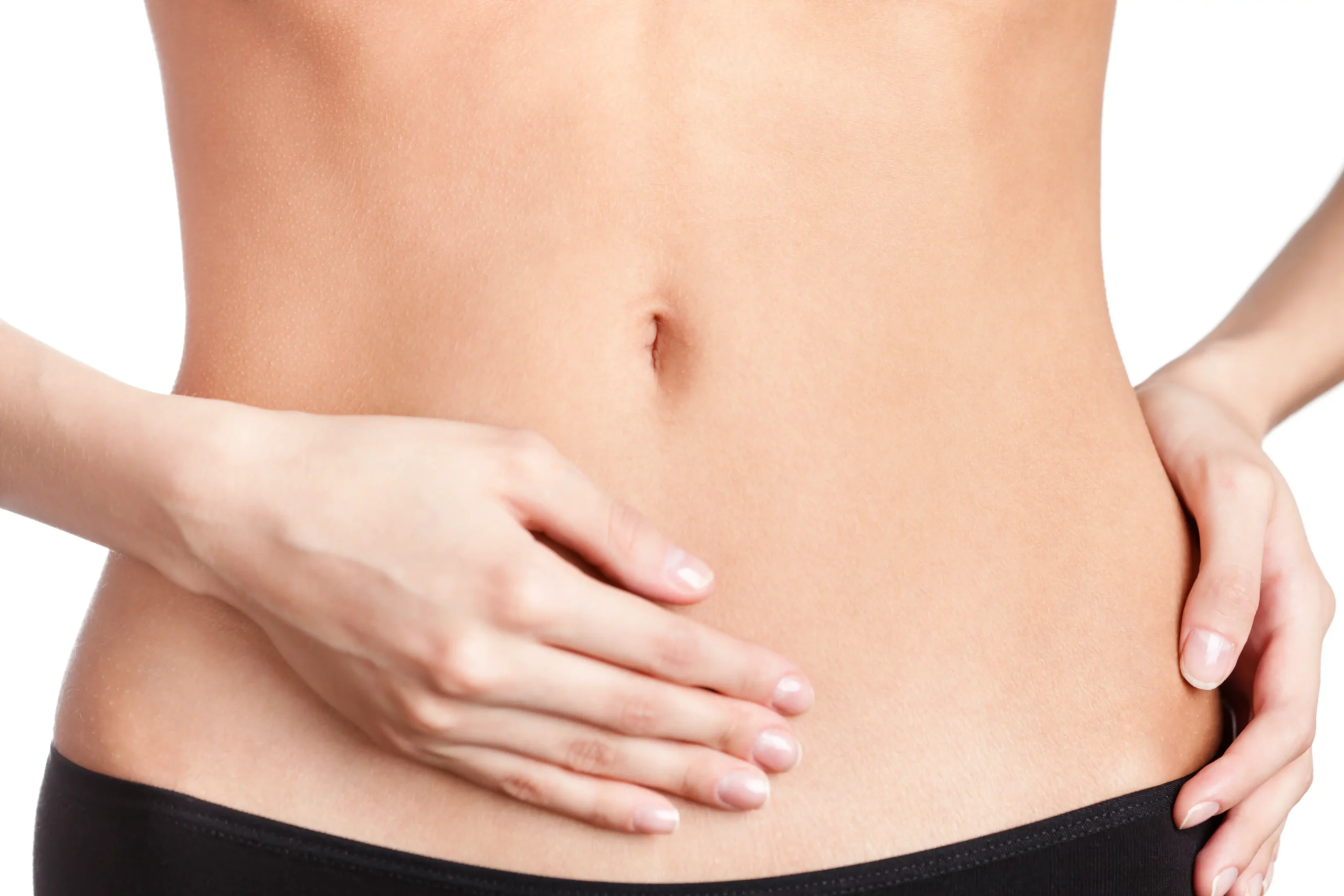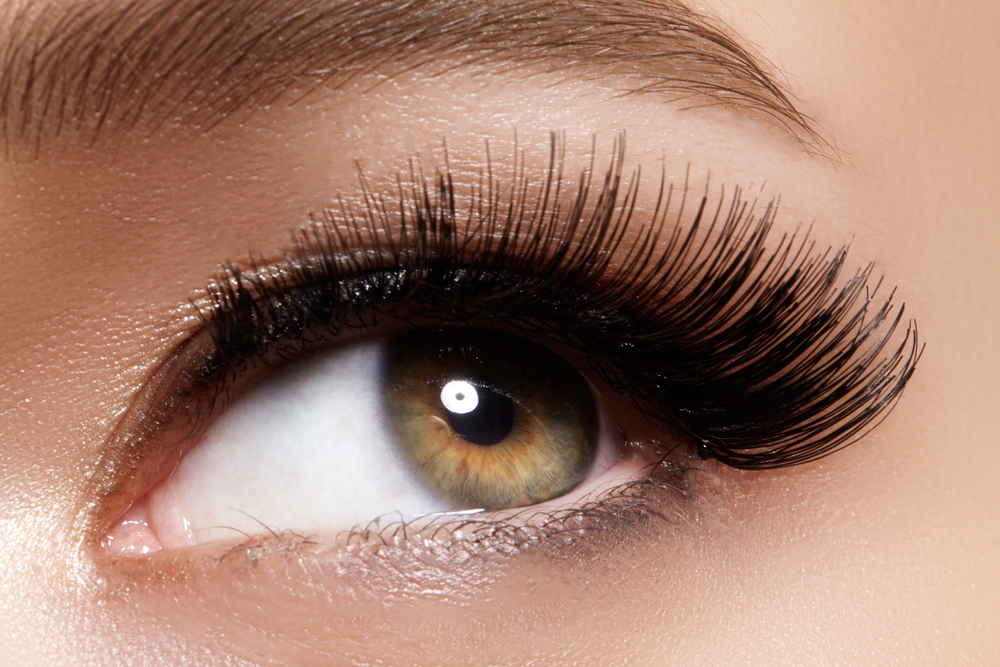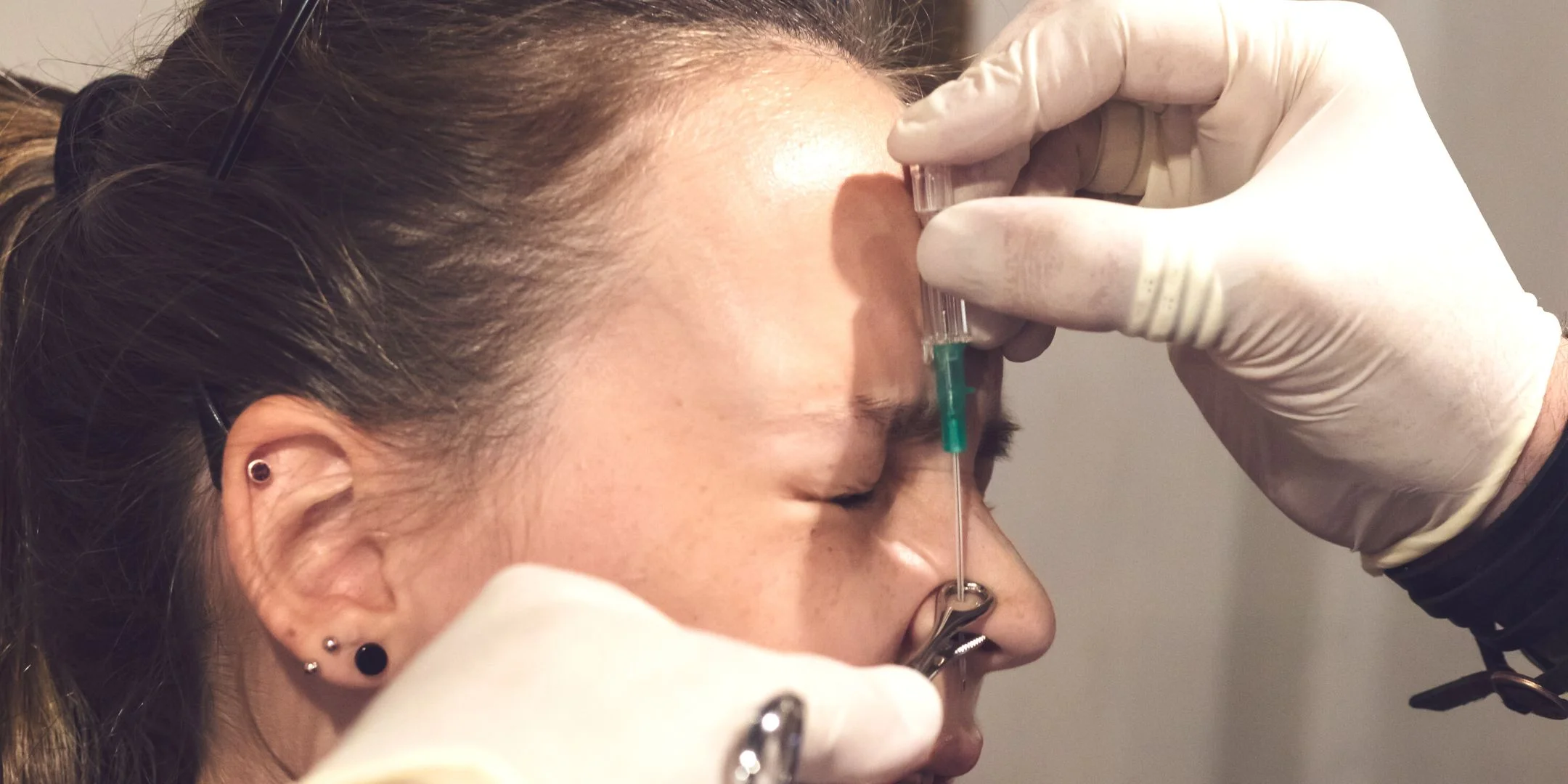No matter how much we diet or exercise, sometimes those stubborn pockets of fat around the midriff, butt and thighs just won’t go away!
In such cases, liposuction remains one of the most popular surgical solutions. New techniques such as laser, tumescent, and ultrasound-assisted liposuction have significantly improved the procedure’s success rate, making it safer, easier, and less painful than ever before.
However, many patients are now turning to CoolSculpting, a non-surgical fat-freezing method which promises similar results, but without any of liposuction’s potential complications and side-effects.
How CoolSculpting works
How was CoolSculpting discovered? Apparently two Harvard University scientists realized that cold temperatures could freeze and eliminate small pockets of fat cells after noticing that kids who ate popsicles for teething would get dimples. The condition even has a name (popsicle panniculitis – look it up if you don’t believe me).
The science behind this discovery isn’t entirely new: according to a study published by the Massachusetts General Hospital, “Dermatologists have long used cold-based therapeutic approaches for a variety of applications. Based on the differences in chemical composition, it is possible to selectively target certain tissues rich with lipid, while sparing the surrounding tissue predominantly containing water.”
Here’s how CoolSculpting works: a company-trained specialist under a doctor’s supervision (usually working from a cosmetic surgeon’s office) applies gel to the area – love handles, abdomen, buttocks, thighs, arms, double chin – and moves a device over it, delivering what they call “controlled cooling” of 4 degrees Celsius to the fat cells under the skin. Treated fat cells are crystallized, and then they die. Over time, your body naturally processes the fat and eliminates these dead cells, leaving a more sculpted you.
What the experts think of it
“There are different-sized cups – the fat gets gathered into the suction and it feels like a stick of frozen butter,” says Dr. Gary Breslow, of The Breslow Center in Paramus, New Jersey. “Your treatment area needs to fit into the cups. The skin gets really cold and you might have changes in sensation there that lasts a few weeks.”
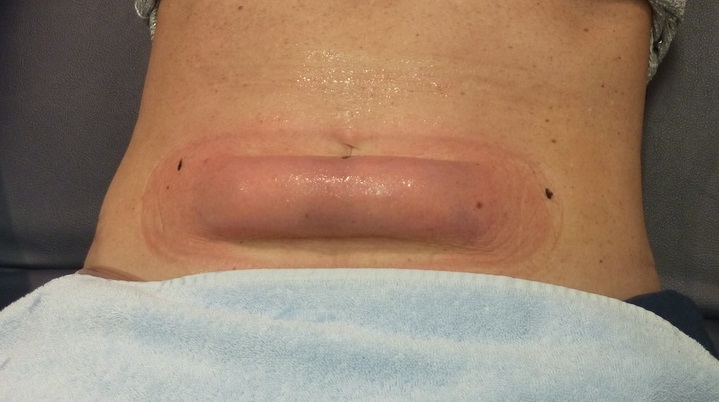
Cryogenic lipolysis: also know as the “frozen butter stick”
Dr. Breslow calls himself a “late adopter.”
“I was very resistant to it at first. I wasn’t sure about the technology, but over time colleagues were using it and getting good results,” he says. “Not everyone is willing to have surgery or liposuction.” He was also worried that CoolSculpting would have a negative impact on the number of liposuction procedures he performed, but instead he found that a whole new set of patients were interested in trying it out, and that patients eager for quick results still preferred lipo.
“Most people who are 20-30 lbs. over their goal weight might have a smooth body, with bulky or stubborn places where you store fat,” said Rose Nadali-Werz, a CoolSculpting technician at Cienega Spa in Los Angeles who has performed the procedure over 3,000 times. “Moms are a great example of people who have the treatment, especially C-section moms who have that scar that makes their stomach look worse or bigger,” she said. “They don’t want lipo or a surgical procedure, just something done quickly where they can pick up the kids and go home.”
Last year the American Society of Plastic Surgeons published a scientific review of “cryolipolysis,” as the procedure is called, reporting that it reduced fat from 10-25% as measured by ultrasound, with very few side effects in general.
The study’s conclusion?
“Cryolipolysis is a promising procedure for nonsurgical fat reduction and body contouring and presents a compelling alternative to liposuction and other, more invasive methods.”
After having kids, Sports Illustrated swimsuit model Molly Sims was working out five times a week but still had a stubborn lower abdomen. Her dermatologist recommended CoolSculpting. She was so pleased with the results that she wrote about having done the procedure (twice) in her book, “The Everyday Supermodel,” and is now the celebrity spokesperson for the company.
“The pros are that it really works: I maintained a healthy lifestyle and worked out, and the pooch just went away. Non-invasive and no downtime whatsoever! It’s perfect for busy moms!” she told Vanity Fair. “The only con is that it’s cold. I mean, they are freezing the fat, so that’s a given…”
But not all of us are Molly Sims.
The procedure, like lipo, is not for the obese or the really overweight.
“You don’t lose weight, just like with lipo,” Dr. Breslow says. “For example, a 53-year-old patient who weighs 250 lbs. is not a candidate. It’s very frustrating, people think these techniques are weight-loss procedures.”
He also warns that it’s not intended to treat diffuse fat all over the body – it’s only for subcutaneous tissue fat, not visceral fat, which is stored around important internal organs such as the liver, pancreas and intestines. “Someone overweight who does it will get divots and cavities. You’re going to be spending money on something that doesn’t work.”
CoolSculpting Before and After Pictures
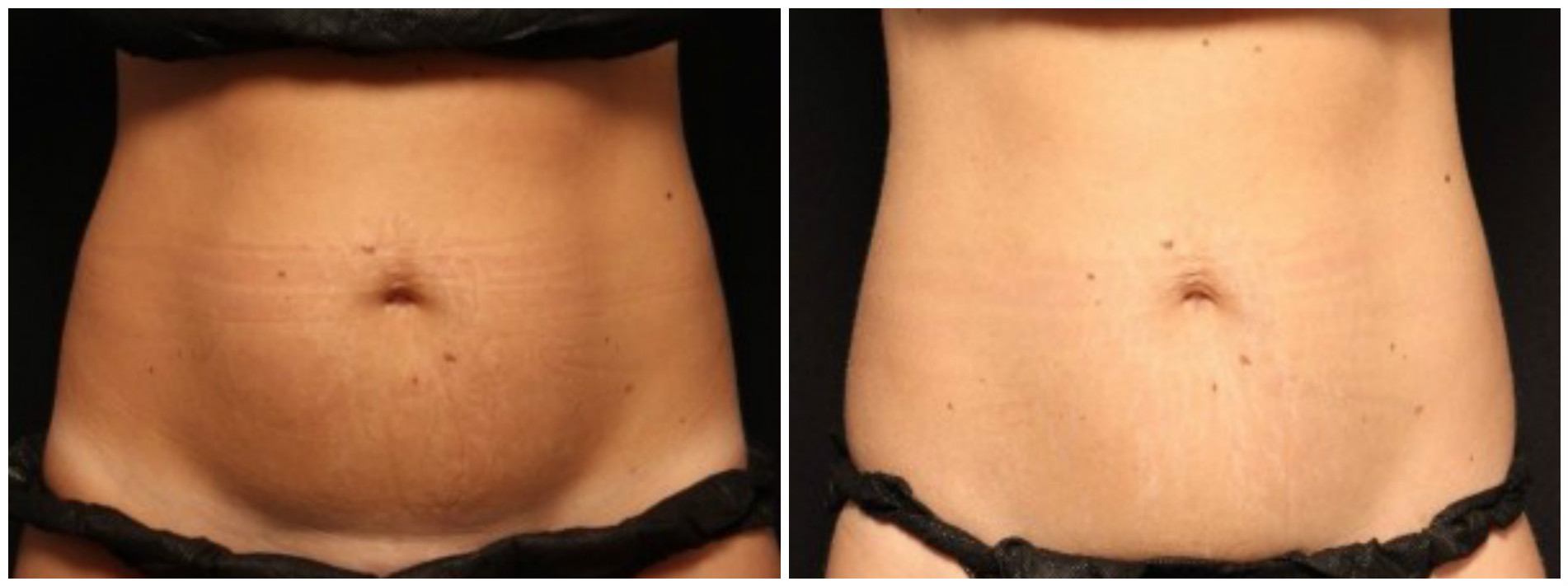

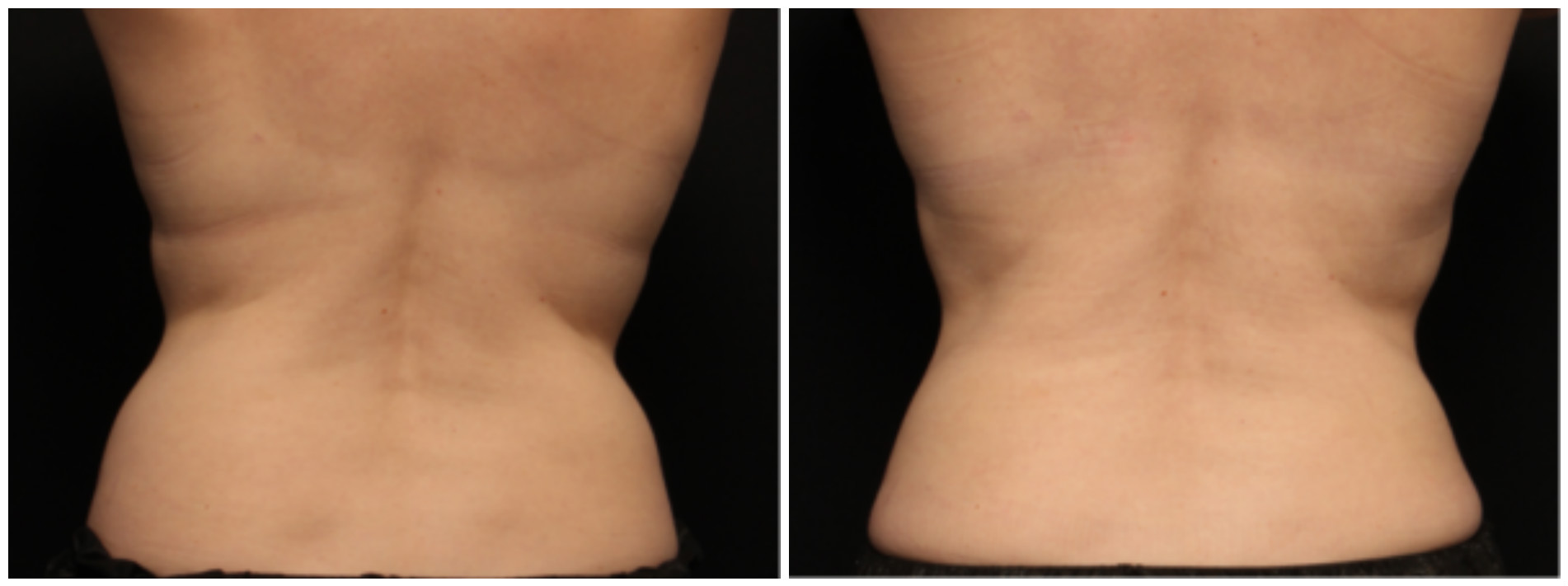
Source: The Breslow Center. Photos taken 90 days post-treatment.
CoolSculpting FAQs
How does CoolSculpting work?
CoolSculpting, or “cryolipolysis,” as it’s scientifically known, is a device that applies intense cold to fat pockets, crystallizing the fat cells, which die and are eliminated naturally from your body. Each treatment reduces 20% or one inch of fat.
Who is it for?
CoolSculpting is for people who have noticeable bulges and stubborn pockets of fat that do not go away with diet or exercise. It’s recommended for people who are within 20-30 lbs. of their target weight. It is NOT a weight-loss solution, and it’s not for the clinically obese.
What parts of the body is it for?
It’s most often used for the abdomen (muffin top or love handles), double chin, inner and outer thighs.
What’s the average cost of the procedure?
The cost is $600 per application, which covers an area roughly the size of a hand (so a muffin top or love handles would need two applications). If you want an area treated again, it is recommended to wait four to six months to see the final results.
Can CoolSculpting be covered by insurance?
No, it’s a cosmetic procedure.
What are the side effects and potential complications?
The only adverse effects are all transient, says CoolSculpting expert Rose Nadali-Werz. Some patients report bruising, swelling, and a tingling sensation in the abdomen and outer thighs. Many don’t feel anything at all.





